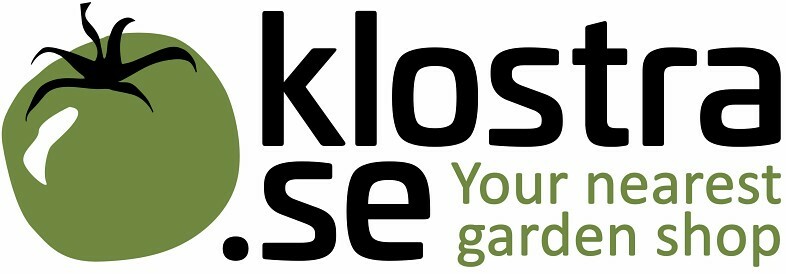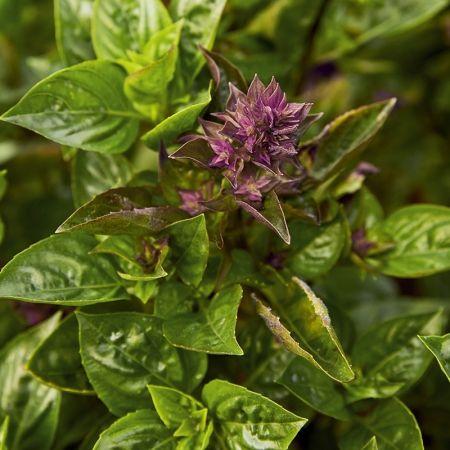Plants of Distinction
Thai Basil Batik Vegetable Seeds
Here’s a stunning new fragrant Thai Basil Batik with burgundy flower spikes. This attractive plant produces a bumper crop of aromatic leaves ready to flavour soups, salads, curries and even ice-cream. With significant cold tolerance, Batik flowers late in the season and the autumn show is well worth the wait.
Here’s a stunning new fragrant Thai Basil Batik with burgundy flower spikes. This attractive plant produces a bumper crop of aromatic leaves ready to flavour soups, salads, curries and even ice-cream. With significant cold tolerance, Batik flowers late in the season and the autumn show is well worth the wait.
| SKU | WW-1380 |
|---|---|
| Country of Manufacture | United Kingdom |
| Brand | Plants of Distinction |
| Scientific name | Ocimum basilicum var. thyrsiflora |
| Common name | Thai Basil |
| Seeds/packet | 200 |
| Sow | Feb |
| Germination (days) | 5-21 |
| Sowing depth | 1 cm |
| Plantavstånd | 20 cm |
| Exposure | Full Sun |
| Cultivation Advice | Basil is one of the best known and most popular herbs in the UK and is a key ingredient in Italian dishes such as pizza, pasta and pesto. Ideal for containers or a sunny windowsill, Basil is a tender, leafy, aromatic, sunshine loving herb. It will grow outside in the UK as long as it is sheltered from harsh winds and gets plenty of sunlight. That said, the mid-day sun can be too much for young basil plants so a little shade may be appreciated in during the hottest part of the day. There are many varieties of Basil, Sweet basil is the most popular variety grown and eaten in the UK. Cinnamon basil is a compact variety that comes from Mexico and has a mild cinnamon flavour. Lemon basil, another compact variety is a great accompaniment to fish. Purple basil is similar to sweet basil, but has lusciously dark purple leaves. Sow Basil seeds in spring on a moist potting compost in a 3 inch pot allowing about 5 seeds per pot. Lightly cover with compost and place in a bright and warm position avoiding direct sunlight. Germination usually takes 10 to 21 days. Keep moist watering from below. After about three weeks, prick out the smaller, weaker seedlings, leaving the three strongest plants in the pot. Once the Basil seedlings have developed at least 5 true leaves, transplant them to their final growing positions. This could be a slightly larger pot, 4 or 5 inches in diameter, if your Basil is intended for a sunny windowsill or greenhouse bench, or could be outside in a warm, sunny position. Unfortunately, while protected from the elements, Basil grown indoors does not have quite as much flavour or fragrance as basil grown outside. Once the Basil plant has reached a good size, ideally at least 10cm tall with plenty of leaves, pinch or cut the leaves off as required. Avoid chopping off whole stems as this will weaken the plant and hamper its growth. Remove any flowers that appear allowing the Basil to concentrate on growing tasty leaves. Fresh basil is much tastier than dried basil. However Basil can be preserved by drying or freezing. To dry Basil cut the base of the stem and tie the stems in bunches. Hang upside down in a dark, warm, dry place until dry then simply crumble the leaves and stems into an airtight jar. Alternatively place a handful of leaves into a small bag, or ice cube tray and place in the freezer until required. |
| Skörd(x) | Skördas efterhand. |
| Harvest | July |
| Plant Height | 20-30 cm |
| KRAV marked | No |
| Language on package | English |
| Brand | Plants of Distinction |
| Storage | Keep your seeds in a cool, dry and dark place. |

